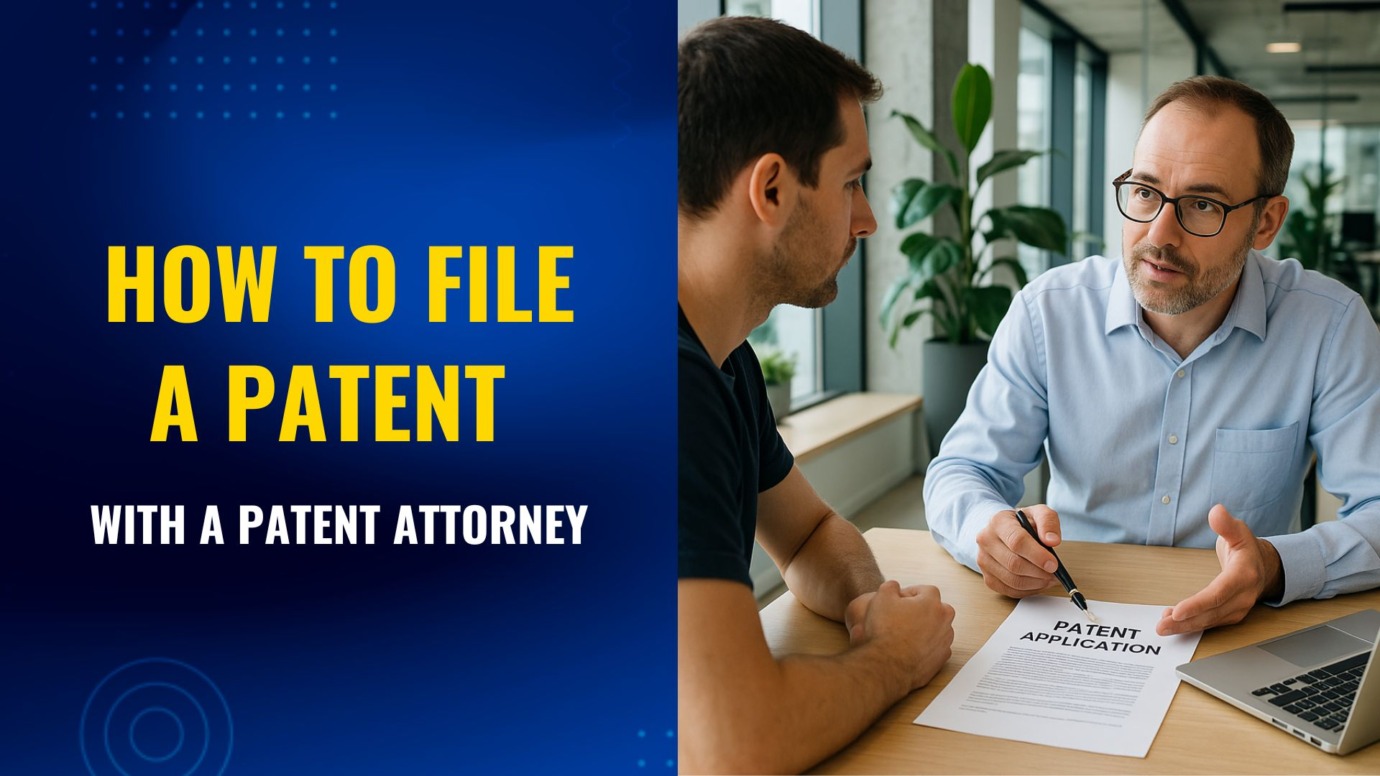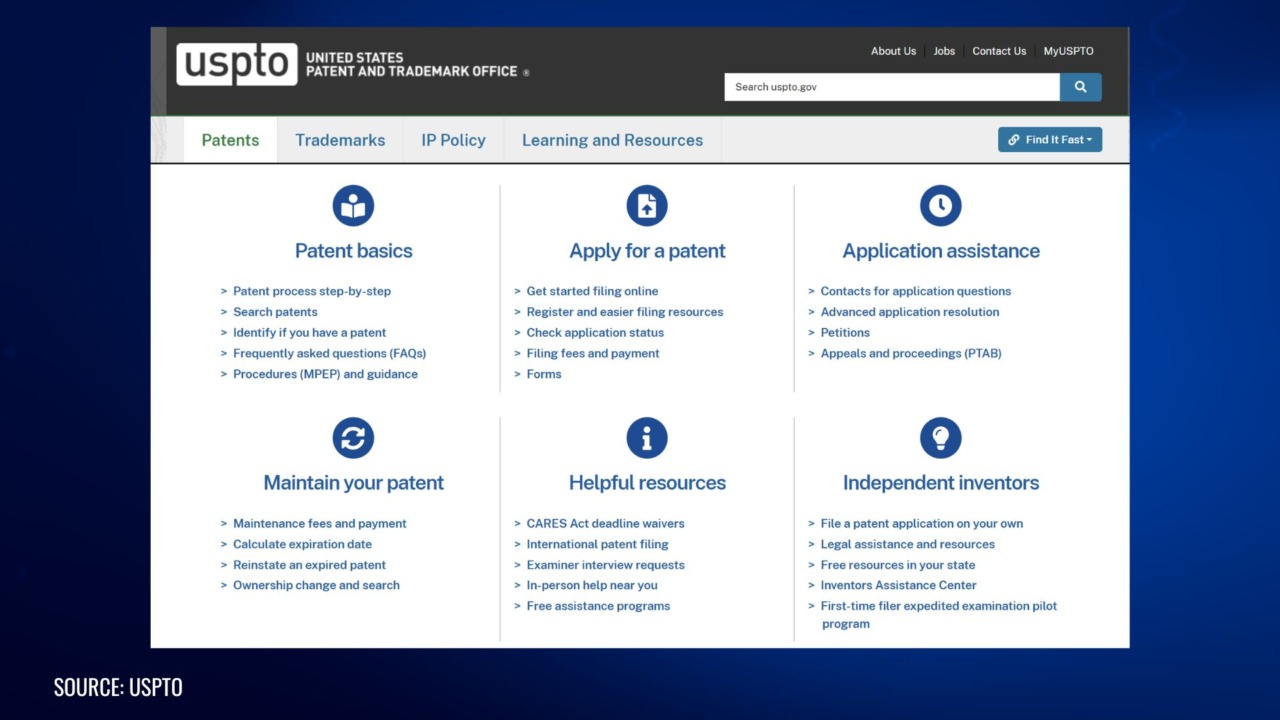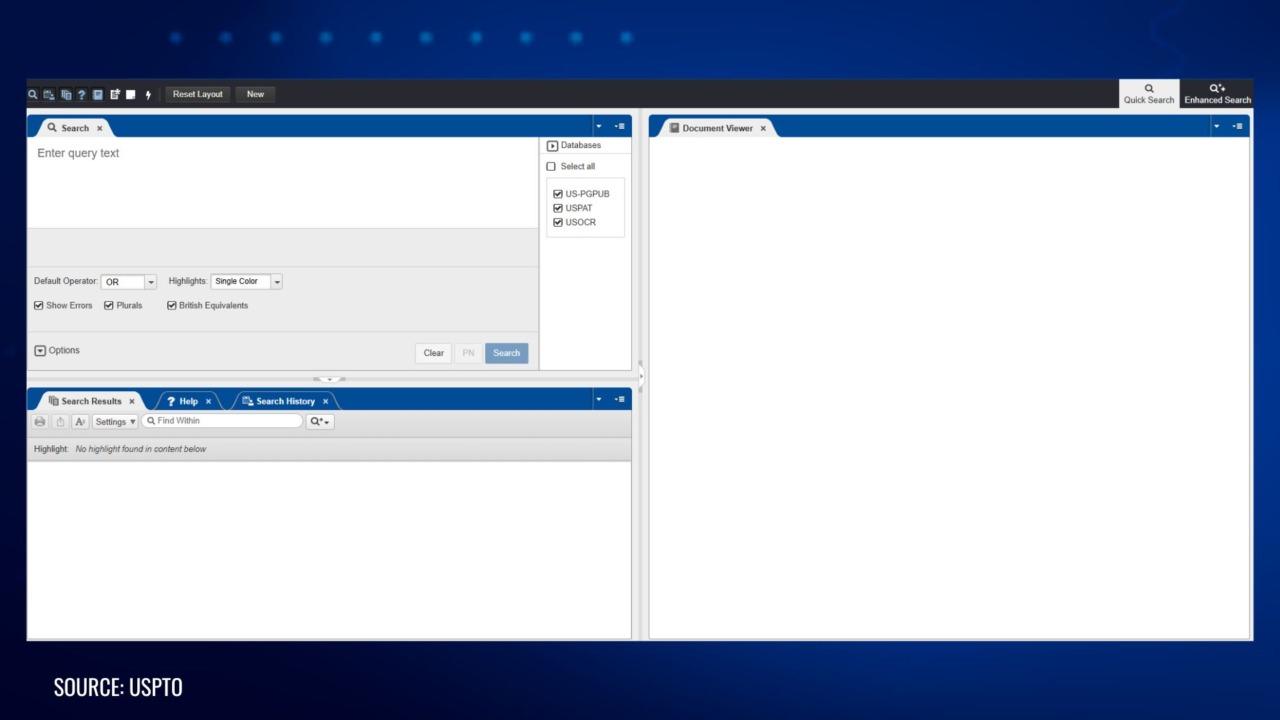
Book a FREE 15-minute consultation with an expert – Book Now
How to File a Patent with a Patent Attorney

Thinking of Filing a Patent? Here’s What the Process Involves
If you’ve completed a patent search and believe your invention is novel, the next logical step is working with a qualified patent attorney to file a patent application. This complex legal process requires professional expertise to pass successfully and involves strategic decisions, precise documentation, and careful attention to procedural requirements that can significantly impact your intellectual property rights.
This guide explains what happens during the patent filing process, the critical stages involved, and why professional legal representation is essential for protecting your invention effectively.
Types of Patent Applications: Understanding Your Options
Provisional vs. Non-Provisional Patent Applications
Your patent attorney will help you determine which type of application best serves your needs:
Provisional Patent Applications are strategic tools that patent attorneys use to establish an early filing date while allowing time for further development. These applications provide “patent pending” status for 12 months, and establish a filing date for subsequent applications, but are not examined by the USPTO. A non-provisional application must be filed within that year to maintain the priority date.
Non-Provisional Patent Applications are comprehensive legal documents that patent attorneys prepare to initiate the full examination process. These applications undergo USPTO review and can ultimately result in a granted patent.
Your attorney will recommend provisional filing when your invention is still evolving, you need time to assess commercial viability, or when strategic timing considerations are involved. They’ll advise non-provisional filing when your invention is ready for full protection and you want to begin the examination process immediately.

The Professional Patent Filing Process
Stage 1: Strategic Assessment and Planning
Patent attorneys begin by conducting a thorough analysis of your invention and intellectual property goals. This involves:
- Confirming patent eligibility (utility, design, or plant patent)
- Assessing patentability and competitive landscape
- Developing a comprehensive IP strategy
- Evaluating international filing considerations
- Determining optimal timing for filing
Stage 2: Technical Documentation and Description
Patent attorneys work closely with inventors to develop detailed technical documentation that meets USPTO requirements. This critical stage includes:
- Crafting a comprehensive written description of the invention
- Explaining how the invention works and its technical advantages
- Coordinating with technical illustrators for required drawings and diagrams
- Documenting alternative embodiments and variations
- Ensuring compliance with disclosure requirements
The quality of this documentation is crucial—inadequate descriptions can compromise patent rights or create opportunities for competitors to design around your invention.
Stage 3: Patent Claims Development
Patent attorneys draft the patent claims, which legally define the scope of protection your patent will provide. This highly specialized work involves:
- Analyzing the invention’s novel aspects
- Crafting claims that maximize protection while avoiding prior art
- Balancing breadth of coverage with patentability requirements
- Anticipating potential challenges from patent examiners
- Ensuring claims align with your business objectives
Claims are the most legally significant part of your patent application, and their precision directly impacts the value and enforceability of your patent rights.
Stage 4: USPTO Filing and Prosecution
Patent attorneys handle all aspects of filing with the USPTO through their electronic systems. This involves:
- Preparing and submitting all required documentation
- Determining appropriate entity status for fee purposes
- Managing filing deadlines and procedural requirements
- Coordinating with USPTO systems and personnel
Stage 5: Patent Prosecution and Response Strategy
Once filed, your application undergoes examination by a USPTO patent examiner. Patent attorneys manage this process by:
- Monitoring application status and examiner communications
- Analyzing Office Actions and rejection rationale
- Developing response strategies to overcome rejections
- Amending claims and arguments as needed
- Negotiating with examiners when appropriate
This prosecution phase typically takes one to three years and requires ongoing legal expertise to pass successfully.
Understanding “Patent Pending” Status
When your patent attorney files your application, your invention receives “patent pending” status. This designation indicates that your invention is under formal USPTO review. While this status doesn’t provide enforceable rights, it serves important strategic purposes including deterring potential infringers, demonstrating IP diligence to investors, and establishing your priority in the field.
Why Professional Legal Representation is Essential
Patent law involves complex legal, technical, and procedural requirements that require specialized expertise. Attempting to do this process without qualified representation creates significant risks:
Technical Complexity
Patent applications must meet strict technical and legal standards that are difficult for non-attorneys to understand and apply correctly.
Strategic Considerations
Experienced patent attorneys understand how to position your application for optimal pדrotection while considering your business goals and competitive landscape.
Procedural Requirements
The USPTO has numerous deadlines, fees, and procedural requirements that must be managed precisely to avoid abandoning your application.
Prosecution Skills
Responding effectively to Office Actions requires legal training and experience with patent examination procedures.

The Cost of Inadequate Patent Filing Representation
Patent protection represents a significant investment, and the stakes are high. Common problems that arise from inadequate professional support include:
- Weak or unenforceable claims that provide little practical protection
- Disclosure deficiencies that can narrow or invalidate your patent rights
- Missed deadlines that result in application abandonment or early patent termination
- Poor prosecution strategy leading to unnecessary rejections and delays
- Inadequate international filing strategy that limits global protection
- Costly amendments and revisions that could have been avoided
These issues not only compromise your intellectual property rights but also increase the overall cost and timeline of obtaining patent protection.
Working with Qualified Patent Professionals
Protecting your invention through the patent system requires partnering with experienced patent attorneys who understand both the legal complexities and strategic considerations involved. Professional representation ensures that your application is prepared correctly, filed properly, and prosecuted effectively to maximize your chances of obtaining strong, enforceable patent rights.
If you’re considering patent protection for your invention, we welcome you to consult with our qualified patent attorneys early in the process is essential for making informed decisions about your intellectual property strategy and ensuring the best possible outcome for your patent application.
Legal Disclaimer: The articles published on our platform are for informational purposes only and do not constitute legal advice in any form. They are not intended to be a substitute for professional legal counsel. For any legal matters, it is essential to consult with us or a qualified attorney who can provide advice tailored to your specific situation. Reliance on any information provided in these articles is solely at your own risk.
FAQ
Should I conduct a patent search before filing a patent?
A patent search helps you confirm whether your invention is truly novel and avoids infringing on existing patents. It also improves the quality of your patent application and reduces legal risks
What’s the difference between a utility patent and a design patent?
A utility patent protects how something works or is used (functional features), while a design patent protects how something looks (ornamental features).
Can I do a patent search on my own, or do I need a professional?
While a DIY search is a good start, a patent attorney can spot issues you might miss and help you analyze prior art thoroughly, which is critical for patentability and infringement risk.
What does a patent attorney do during the filing process?
They guide you through strategy, documentation, drafting claims, filing with the USPTO, and responding to examiner feedback. Their role is critical in getting your patent approved.
How long does it take to get a patent approved?
The patent prosecution process typically takes 1–3 years, depending on the complexity of the invention and the examiner’s feedback.
Amazon Brand Registry – Discover for Free if You’re Eligible
Increase Your Chance of Getting a
Trademark to 96%
Subscribe to Our Newsletter
Sign up to receive valuable information on E-Commerce and intellectual property

